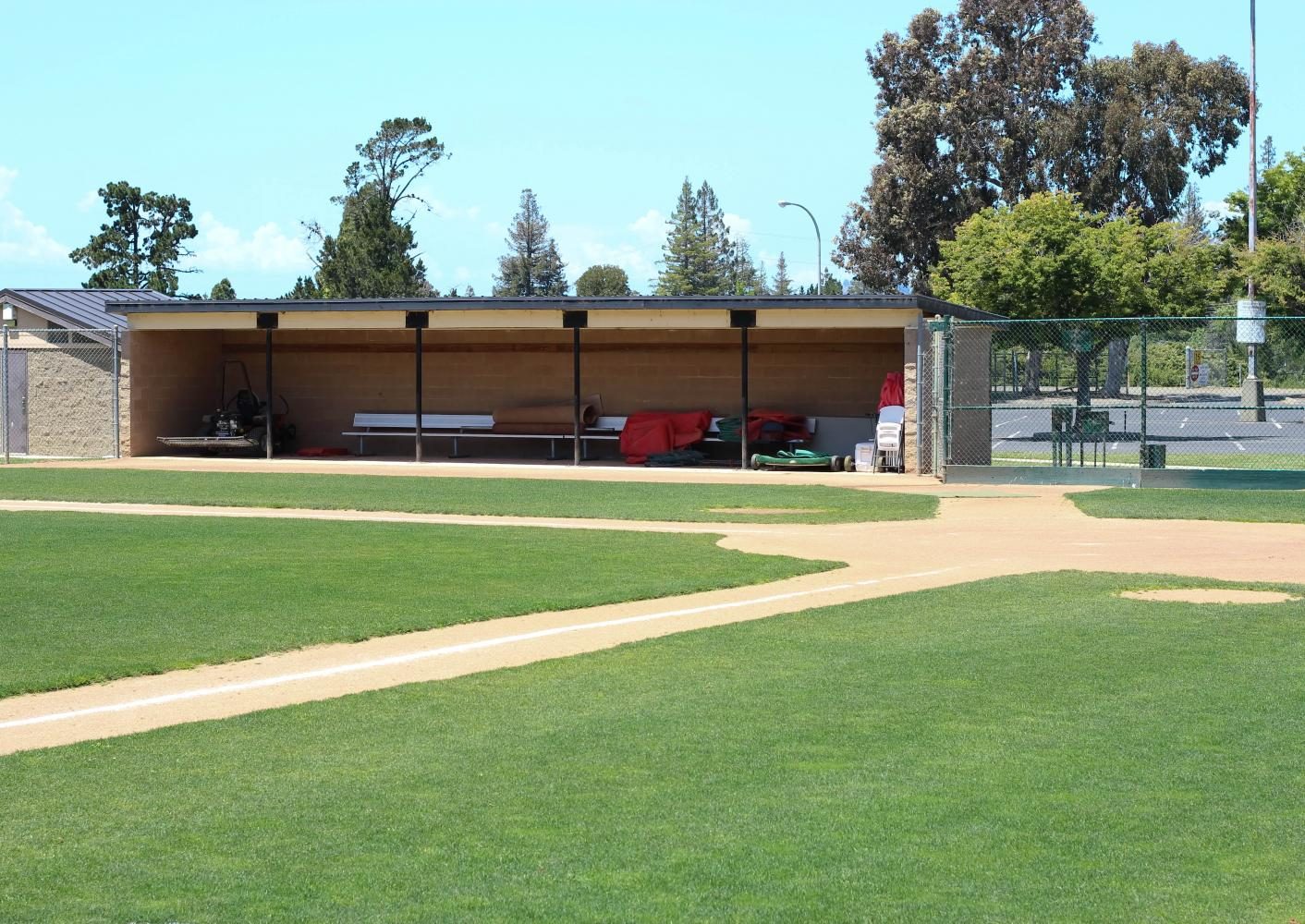Cal State East Bay athletic fields fit for pros
May 17, 2017
As you walk up to the Pioneer Baseball and Softball Fields on the Hayward campus, you see lush green grass, manicured dirt infields and immaculately clean facilities.
East Bay’s baseball and softball fields get consistent praise from players and visitors who pass by for their supreme quality. Producing those fields is a tedious and time-consuming job that must be taken seriously, but it is often overlooked by individuals who aren’t aware of the work it requires. The time the groundskeepers spend on the fields is dependent on how many games East Bay hosts in a given week.
Francisco Camarillo is an older man with grey hair, who wears his clear work shades whether he is working on fields or not. He’s been the groundskeeper here at East Bay for 13 years and is one of the two that work for the university. He and his partner take the utmost pride in working on the tennis courts, soccer, baseball and softball fields on the campus and even the local off-campus golf course that the Pioneers compete on.
“If you do not keep the fields in good shape, it reflects on our players,” Camarillo said. “They won’t feel motivated to go out and play every day if the fields are not up to par. Quality fields give players a sense of comfortability and appreciation to play for the program. We do it for them.”
Camarillo’s main focus is the baseball and softball fields, and he works on a different area every time he steps out on them to be sure they remain in playable and immaculate condition. In the process of maintaining, he mows twice a week, using a push mower for the infield, a wheel mower for outfield, and a pavement machine for the dirt. While they are also responsible for other facilities like the tennis courts and soccer field, the baseball and softball fields are the primary focus.
In addition, he edges and sets the sprinkler timers to water in the middle of the night. This way, it is less susceptible to evaporate, allowing the grass to grow more efficiently and stay balanced. Watering in the day time causes the water to evaporate and sets the groundskeeping process back, because they have to water again and it strips away from their time to work throughout the day.
Camarillo keeps records of all the games, and continuously communicates with coaches to be sure he is updated on any changes. These changes usually have to do with game changes, or if schedules are altered. Camarillo would then have to shift his focus to the fields in order to make sure they are prepared for the game.
He has to be very accurate and make sure his dimensions are precise when it comes to measuring the fields. This includes using long white high-strength cotton strings kept in a string winder, that can be up to 500 feet to make sure the fields have straight lines. Unlike other sports, umpires can cancel games due to measurement discrepancies.
“My partner and I have to be ready at all times,” Camarillo said. “Whether that is for the games, a special event, that’s the most vital part of our job. We have to have good communication at all times in order for the fields to stay in good condition.”
In my 12 years as an athlete and a sports writer, I have caught myself only seeing the surface and overlooking the hard and dedicated work that Camarillo and other groundskeepers do in order to produce the beautiful fields we have and that I have played on.
Camarillo takes delight and seriousness in his job and strives to attract prospective student-athletes who take visits to the school, to help win them over, and also keep our current student-athletes satisfied so they can achieve out on the field.
“Every day I can improve my efficiency in order for these fields to be more beautiful than the day before,” Camarillo said.
















